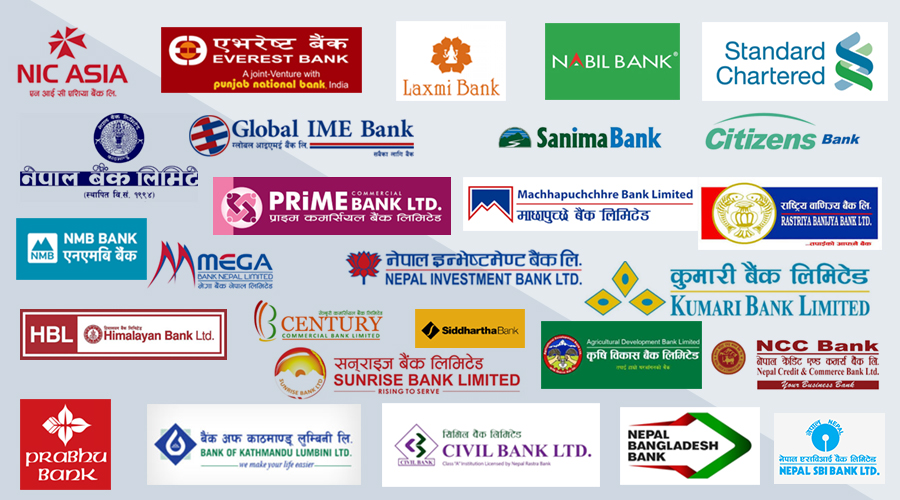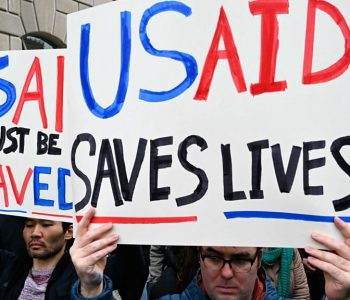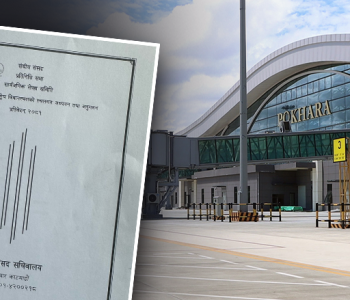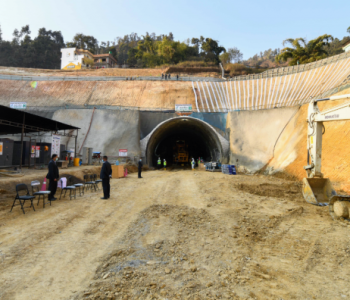Most banks keep interest rates unchanged for Baisakh: which bank offers what?

KATHMANDU: As Nepal’s financial sector navigates a period of subdued economic activity, most commercial banks have opted to maintain their fixed deposit interest rates for the month of Baisakh, unchanged from Chaitra. This decision reflects a cautious approach amid low demand for loans, a trend that has persisted since last Asar. However, a few banks have tweaked their rates, offering depositors a mixed landscape to consider for their savings.
According to data from the banking sector, 17 out of the major commercial banks have kept their maximum fixed deposit interest rates steady for Baisakh. This stability underscores the broader economic slowdown, where limited borrowing has prompted banks to scale back on aggressive rate hikes. The lack of significant changes in rates signals that banks are prioritizing balance sheet stability over competing for deposits through higher returns.
Among the exceptions, Everest Bank has taken a bold step by increasing its fixed deposit rate from 6% to 6.61%, making it one of the more attractive options for depositors seeking better returns. This move could draw savers looking to capitalize on incremental gains in a low-rate environment. Conversely, Sanima Bank, Kumari Bank, and Nepal Bank have trimmed their rates, with Nepal Bank now offering the lowest in the market at 5.15%. These reductions may reflect strategic adjustments to align with lower lending activity and profitability pressures.
NIC Asia Bank continues to lead the pack, holding its fixed deposit rate at 6.6%, the highest among commercial banks for Baisakh. This consistency has positioned NIC Asia as a preferred choice for depositors prioritizing returns, though analysts note that high rates alone may not spur significant deposit growth in the current climate. Meanwhile, banks like Nabil, Nepal Investment Mega, and Standard Chartered have maintained their rates at 5.75%, 6.5%, and 6.25% respectively, catering to depositors seeking reliability over speculative gains.
The broader context of these decisions lies in Nepal’s economic challenges. Over the past year, banks have gradually lowered interest rates as loan demand has dwindled, a trend tied to slower business expansion and consumer spending. “With economic activities yet to pick up pace, banks are in a wait-and-watch mode,” said a financial analyst based in Kathmandu. “The focus is on maintaining liquidity rather than fueling a rate war.”
For depositors, the current rates present a spectrum of choices. Those prioritizing safety and modest returns may gravitate toward banks like Nepal SBI or Krishi Bikash, both offering 5.5% and 5.51% respectively. Others looking for higher yields might consider NIC Asia or Everest Bank, though the difference of a few percentage points requires careful consideration of risk and liquidity needs.
As Baisakh unfolds, the banking sector’s cautious stance reflects broader uncertainties in Nepal’s economic recovery. Depositors are advised to review the latest rates and consult with financial advisors to optimize their savings strategies in this steady but subdued market.
Key Interest Rates for Baisakh:
Highest: NIC Asia Bank – 6.6%
Lowest: Nepal Bank – 5.15%
Notable Increase: Everest Bank – 6.61% (up from 6%)
Reductions: Sanima (6.05% to 5.95%), Kumari (6.01% to 5.92%), Nepal Bank (5.5% to 5.15%)
Stable: Nabil (5.75%), Nepal Investment Mega (6.5%), Standard Chartered (6.25%), among others.













Facebook Comment